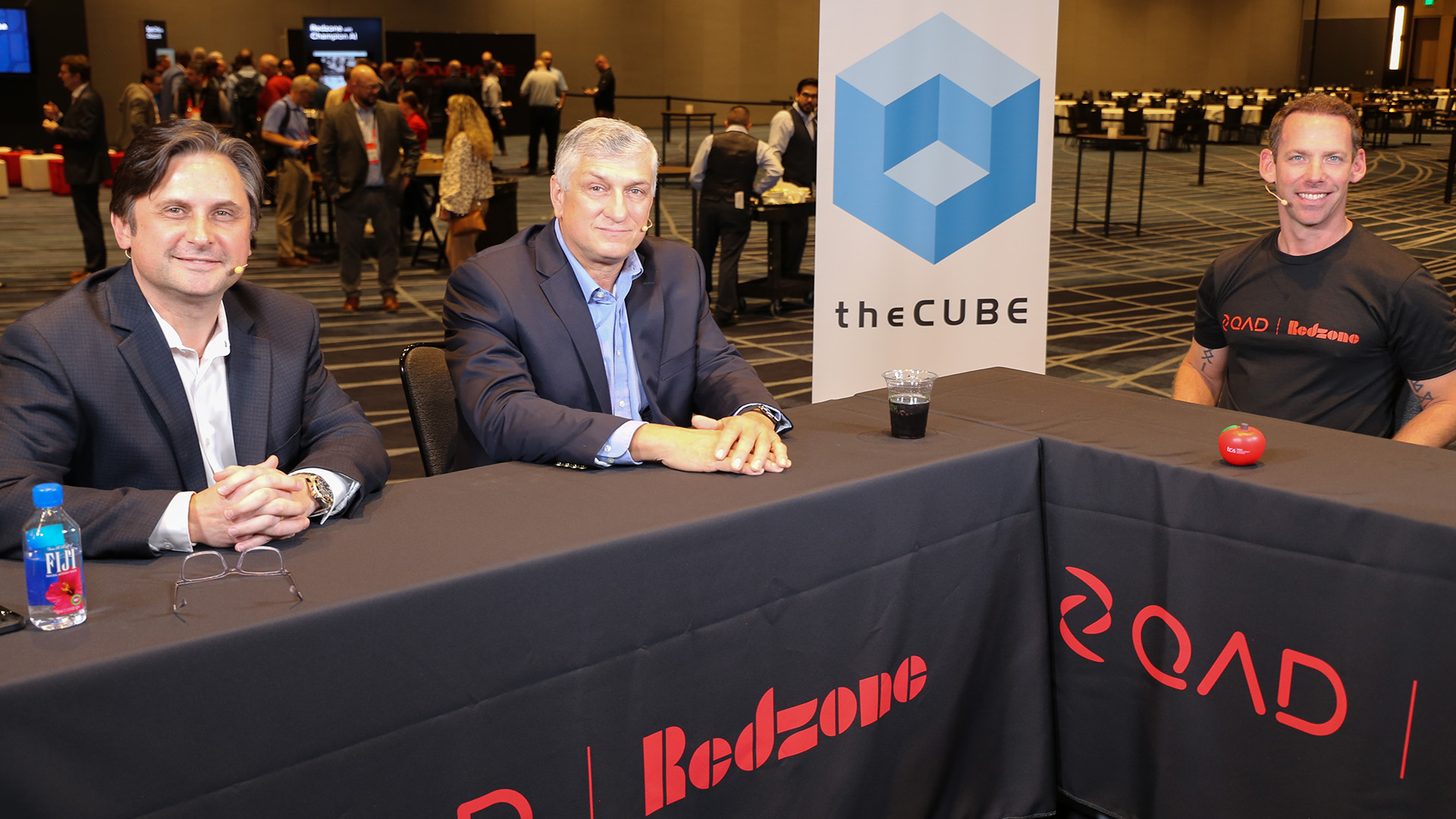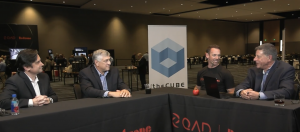 INFRA
INFRA
 INFRA
INFRA
 INFRA
INFRA
For decades, manufacturing leaders have pushed continuous improvement programs — with mixed results. As it turns out, the key to a successful digital manufacturing transformation may not be the technology itself, but how it empowers frontline workers.
This shift from top-down mandates to a “connected workforce” is changing how industry giants like The Hershey Company and Nestlé Purina PetCare operate. By putting technology and real-time data directly into the hands of operators, they are breaking down silos, improving retention and unlocking new levels of productivity, according to Ken Fisher (pictured, right), president of QAD Redzone.

The Hershey Company’s Brian Lange, former Nestlé Purina leader Terry LeDoux, and QAD Redzone president Ken Fisher share lessons from the front lines of modern manufacturing.
“It’s not just about the technology or the software,” Fisher said. “If you’re going to implement a technology, it needs to change behavior — it needs to change something material on the shop floor in order for you to get the results.”
Fisher, along with Terry LeDoux (center), former vice president of Nestlé Purina North America, and Brian Lange (left), senior director of manufacturing, Salty Division and North American CMG Manufacturing, at The Hershey Company, spoke with Scott Hebner, principal analyst at theCUBE Research, at the QAD Champions of Manufacturing event. They discussed why prioritizing people is at the core of a successful digital manufacturing transformation strategy.
The “connected workforce” model is a deliberate reversal of the traditional factory dynamic. Instead of data being analyzed by managers and pushed down, the goal is to equip operators with the information to solve problems on the factory floor in real time. That’s where a people-first approach can set the foundation for successful business change, according to Fisher.
“An average factory might have 200 frontline employees between production, quality and maintenance,” Fisher said. “Let’s take those 200, 300 employees and make them your best problem solvers.”
For Hershey, this approach was essential for managing periods of hyper-growth. The challenge of doubling the size of a facility is hiring 120 new employees to keep up with demand, explained Lange.
“How do you bring on all of these employees and train them on new pieces of equipment? We’ve used RedZone,” Lange said. “We’ve been able to create the learning content, we’ve been able to upskill them, and now they’re able to get promoted to higher skilled jobs, higher pay. Our attrition’s gone way down.”
Moving training content and learning modules into a centralized location is especially critical for a diverse workforce. Transformation happens when the technology dissolves the “neighborhoods” that form in large factories, where different departments often operate in silos, according to LeDoux.
“You’ve got maintenance, you’ve got quality, you’ve got batch processing, packing warehouse, and they all kind of become little neighborhoods,” LeDoux said. “Warehouse is mad because packing’s not delivering any product. Packing’s blaming processing. After you implement RedZone and you have this visibility to how the factory — not just my area — is performing, that changes from neighborhoods to one community.”
Here’s the complete video interview, part of SiliconANGLE’s and theCUBE’s coverage of QAD Champions of Manufacturing event:
Support our mission to keep content open and free by engaging with theCUBE community. Join theCUBE’s Alumni Trust Network, where technology leaders connect, share intelligence and create opportunities.
Founded by tech visionaries John Furrier and Dave Vellante, SiliconANGLE Media has built a dynamic ecosystem of industry-leading digital media brands that reach 15+ million elite tech professionals. Our new proprietary theCUBE AI Video Cloud is breaking ground in audience interaction, leveraging theCUBEai.com neural network to help technology companies make data-driven decisions and stay at the forefront of industry conversations.